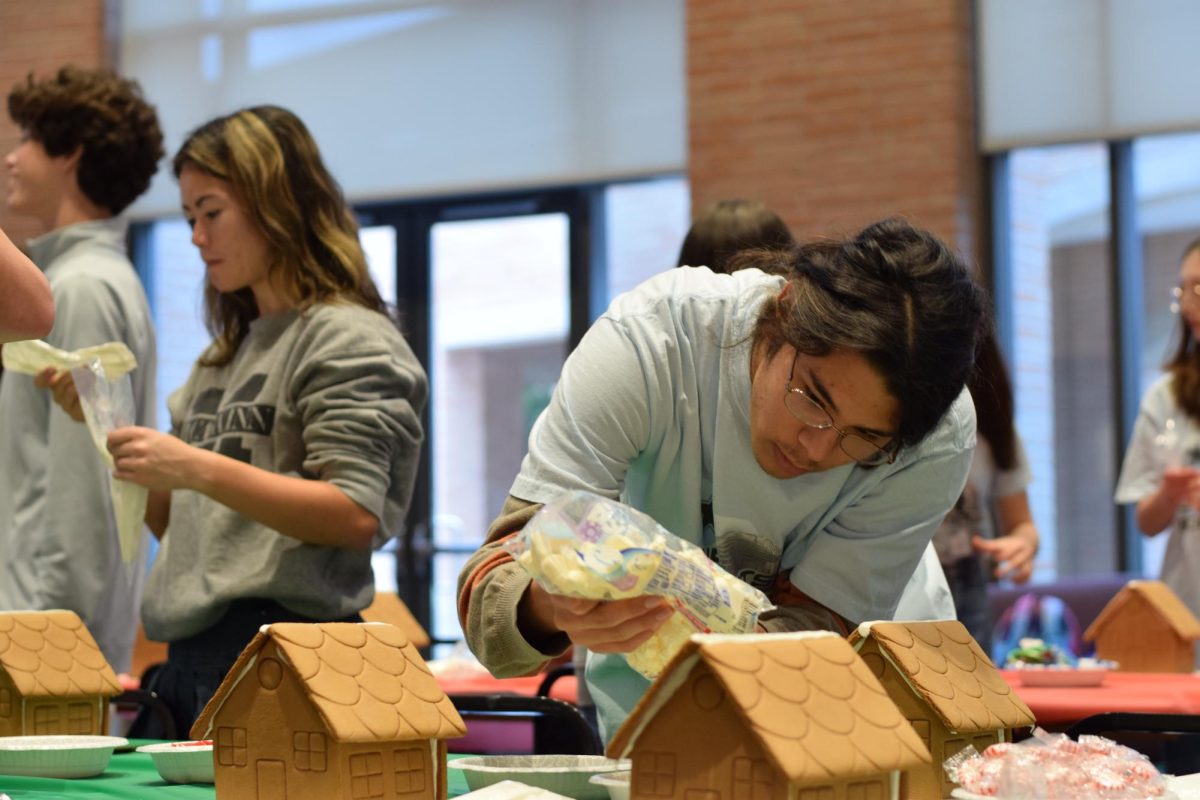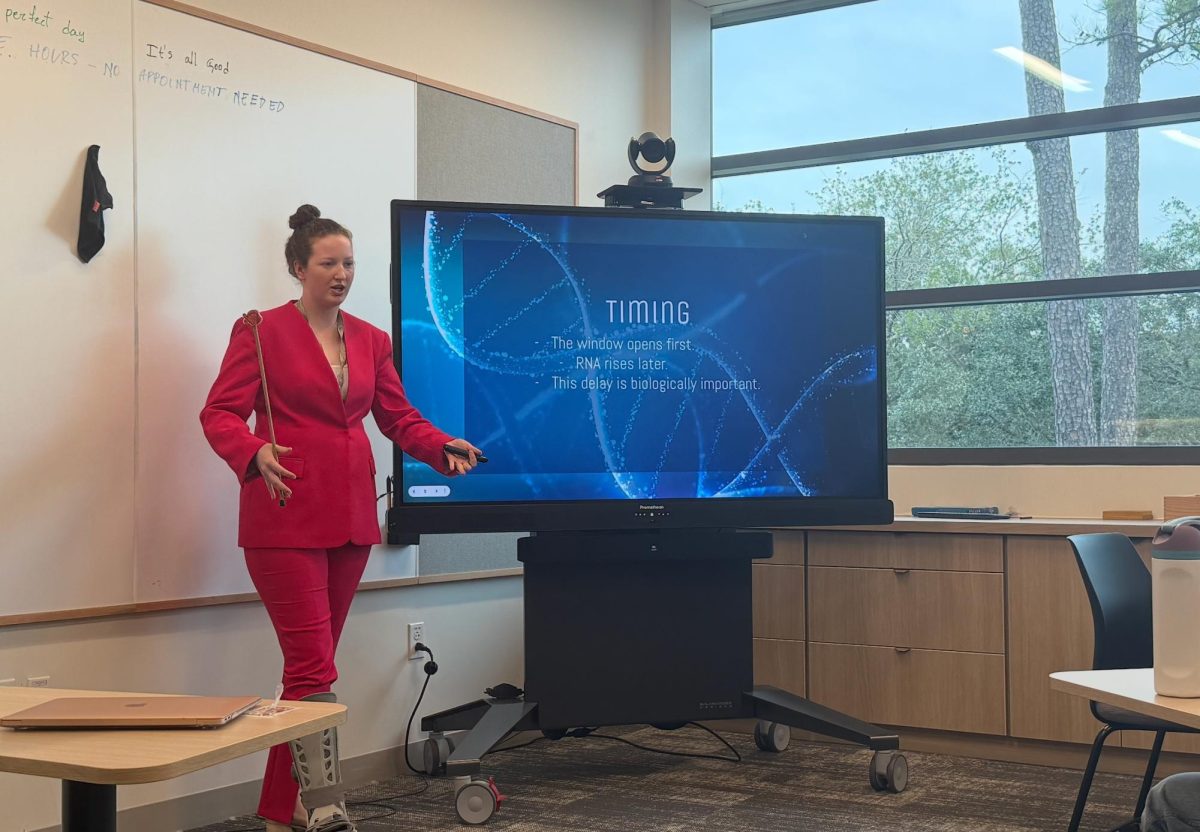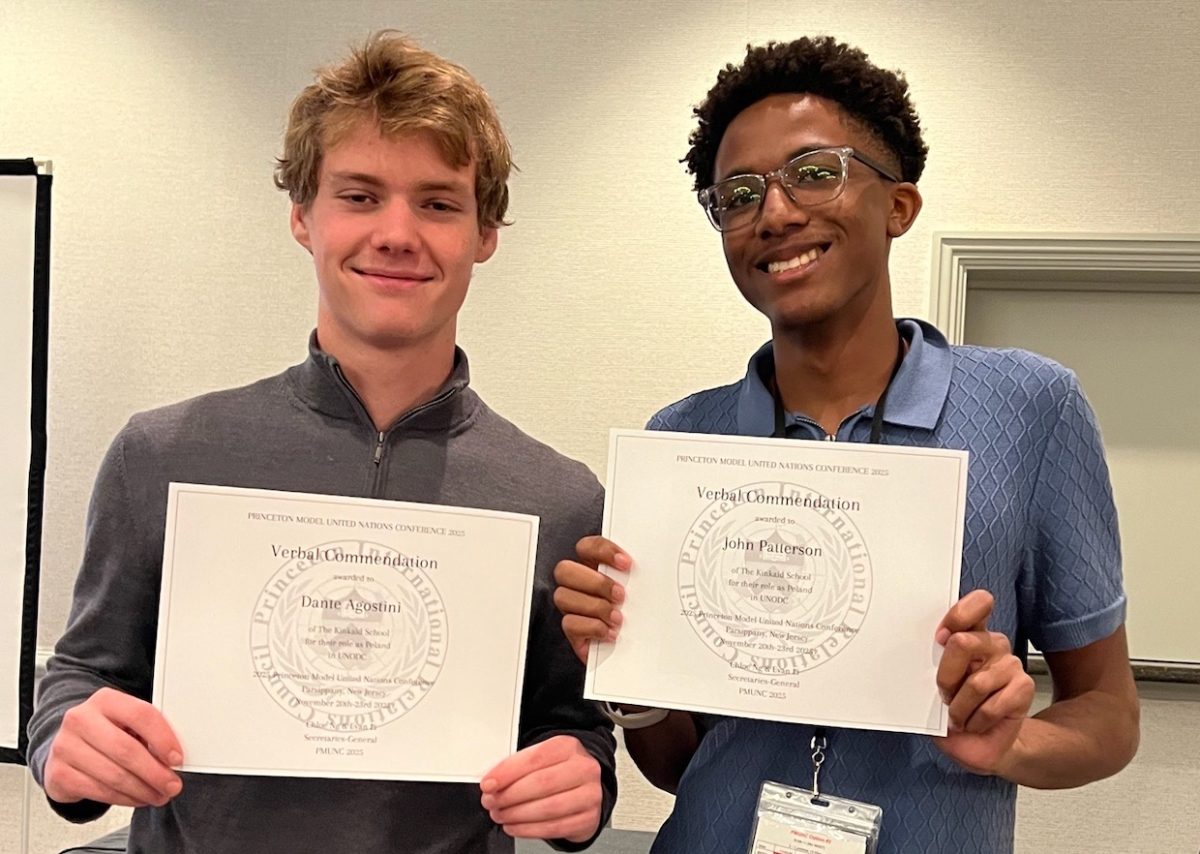[dropcap]T[/dropcap]he Adidas Ultra Boost. This lifestyle-running shoe with cutting-edge Boost technology has now evolved into one of the most popular silhouettes in the sneaker world. And that popularity has most definitely seeped into Kinkaid. Look down in the hallways, and you’re bound to spot at least one pair. Now this got me thinking: has Kinkaid finally started to immerse itself into the sneakerhead culture, or are students just attaching themselves to a hyped-up fad?
Sneaker culture is far-reaching and universal. People from all around the world discuss their favorite brands and models, share pictures on forums and await releases of coveted shoes on dedicated websites like Sneakers News as well as Complex and Hypebeast. It’s something that can immediately connect strangers on a meaningful level. There are some who solely purchase this accessory as a fashion statement or to conform to what’s cool or popular at the time. But for true sneakerheads, shoes are a declaration of accomplishment, a payoff of hard work; many sneakerheads have to save up, work extra hours, and sacrifice their time to pursue their dream of owning a certain pair of shoes.
“I feel accomplished every time I can buy a new pair of shoes or I get a new pair that I’ve really wanted for a while,” Mikela McCauley (10) claimed. McCauley has been collecting sneakers since her freshman year. She began her collection with the Nike Jordan Six model in the maroon colorway, but the collection has since evolved. After her first few pairs, she decided to start selling sneakers she had grown tired of and has now mastered the art of flipping shoes.
McCauley quickly became invested in sneaker culture and is now active as a collector. Inspired by one of her sneakerhead friends, McCauley inherited some of that interest. A couple of weeks before the end of last school year, McCauley picked up a pair of Adidas Ultra Boosts with some seed money. Then she bought a couple more pairs. Then a few more. And so on. With a lot of free time in the summer, she was able to resell her shoes, allowing her to build and grow both her collection and love of sneakers.
While some call sneaker collections impractical, costly, and excessive, sneakerheads look at it from a different angle: yes, the shoes are important, but it’s also about the memories and people related to the shoes. For McCauley, “it’s just kind of a cool thing” for her to share, a way to express herself. With it also comes a sense of accomplishment because she is “working hard for something and getting it. It’s just a good feeling.” It doesn’t matter what anybody else thinks either: when she buys sneakers, she’ll wear them “even if people think they’re weird or don’t like them.” Sneakers also open doors that would otherwise be closed. The culture of and community around sneakers has also allowed her to form lasting friendships. McCauley has met “a bunch of people that [she] normally wouldn’t have met.” She has made five friends since the summer after meeting to buy and sell sneakers.
Faraz Virani (12) developed his love for sneakers when he was three years old, but he likes to think this fascination started at birth. Watching his favorite basketball players like LeBron James and Kevin Durant, Virani eventually learned that his personal idols had their very own shoe lines, and he consequently committed to his first pair of “real, hardcore basketball shoes” in fifth grade—the KD 3. From that point on, he has only dived deeper into sneaker culture and currently owns 20 pairs.
Like McCauley, Virani believes that sneakers bring people together; he’s connected with many sneakerheads online who live all over the country, and it’s been a shared passion that has bonded him with his friends. Furthermore, Virani thinks sneakers have taught him valuable life lessons. “I think it’s made me control my money better—to be wiser with [it]. That’s the best thing I’ve learned. The value of money, how to take care of it, and how to make it grow. My parents have stopped paying for my shoes, except for my birthday once a year, so I have to buy and resell,” Virani said.
In recent months, Virani has observed his fellow Kinkaid students have taken a keener interest in sneaker culture. “I think Adidas Boost is taking over Kinkaid,” he declared. “I’m seeing so many people wearing Boost now, and it’s crazy.” When asked if he thinks this trend will last, Virani said matter-of-factly, “it’s hype, and students at Kinkaid are going to follow the hype.”
Sneakers also allow Virani “to stand out” and build confidence. Wearing what he likes and what others may find different has pushed him to become more comfortable in his own skin. “To be a sneakerhead, you need to be confident,” Virani said.
Most importantly, sneakers hold a deeper, more sentimental place in Virani’s heart. “It was something that my brother and I did,” said Virani, who lost his brother Faris to cancer just last year. “It was something that brought us closer. It connects me to [Faris] always.” Whenever he slips in a pair of sneakers, he thinks about more than the effort it took, the money he saved up, or the feel of the insole against his feet. Whenever he puts on a pair of shoes, he thinks about if he was with his brother, if they were deciding whether or not to purchase a pair, or if they were just discussing the newest release. Sneakers take him back to fond memories, and connect him to the past.
Whether or not the current Ultra Boost trend at Kinkaid is hype or not doesn’t matter. This surge in a particular model of footwear does not degrade sneaker culture, it doesn’t offend anybody, and in Virani’s opinion, it’s only a good thing. According to Virani, to be a sneakerhead “you don’t need a collection. You just need to be interested in shoes, like shoes, and talk about shoes.” So for those who already picked up a pair and to those who are thinking about it, if you like it, buy it, and wear it with confidence. Because that’s what sneaker culture is really about.[dropcap][/dropcap]








